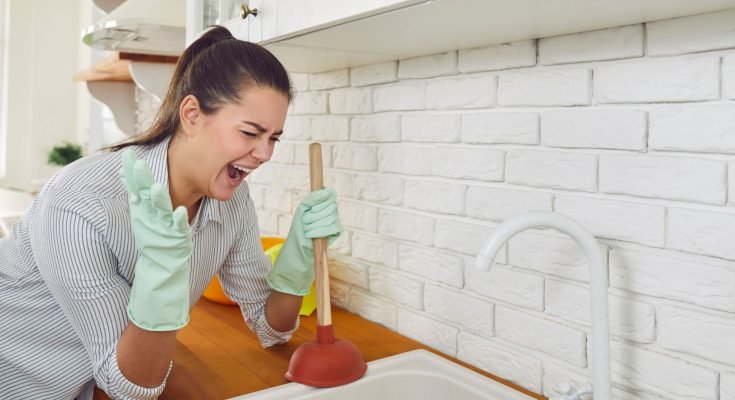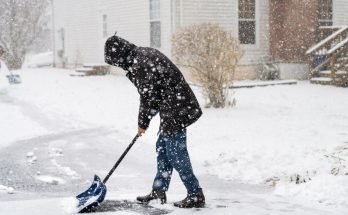Every homeowner dreads the moment a plumbing problem rears its ugly head. Whether it’s a tap that won’t stop dripping or a toilet that refuses to flush, plumbing issues can disrupt your daily routine and require costly repairs. Use this quick guide to common plumbing problems to maintain your home’s plumbing with confidence.
The Leaky Faucet Mystery
Leaky faucets can raise your water bill, and understanding the reasons for persistently leaky faucets is the first step to fixing it. Often, worn-out washers or seals cause faucets to leak. Over time, these components become brittle or corroded, allowing water to seep through even when the tap is off.
Another reason could be the O-ring, a tiny ring that attaches to the stem screw and holds the faucet handle in place. If the O-ring wears out, it can lead to leaks around the handle. Identifying the source of the leak allows you to replace defective parts with ease, saving water and money.
Corrosion buildup inside the valve seat—the connection between the faucet and spout—can also cause drips. Cleaning or replacing the valve seat often remedies the issue, restoring your faucet to full functionality.
Uncovering Blocked Sewer Lines
Blocked sewer lines can spell disaster for homeowners, and recognizing the signs of a blocked sewer line early can prevent severe damage. Listen for gurgling sounds coming from your drains or toilets as these noises often indicate trapped air due to blockages.
Slow-draining sinks and tubs are another red flag—if multiple fixtures exhibit drainage issues simultaneously, a blockage is likely affecting your sewer line. Additionally, you should never ignore unpleasant odors emanating from drains since they can signify trapped waste.
Inspecting drain covers for signs of overflow, such as soggy patches in your yard, can also help identify sewer line problems. Addressing these early indicators can save you from more extensive and costly repairs.
Tightening Loose Connections
Whether it’s a pipe joint under the sink or a loose fixture connection, tightening loose connections with a wrench often resolves the problem. Regularly checking visible pipes and fixtures for signs of leakage can catch issues before they escalate.
Sometimes, tightening isn’t enough, especially if there’s significant wear. In such cases, replacing worn components or applying thread seal tape to joints can offer a more permanent solution.
Tackling Stubborn Toilets
Few things are more frustrating than a toilet that won’t flush properly. Often, the culprit lies in the tank. Check the flapper valve first; if it doesn’t seal correctly, water won’t fill the bowl properly. Replacing a worn flapper is usually a quick fix.
If the problem persists, inspect the chain connecting the flush lever to the flapper. A tangled chain can prevent a full flush. Lastly, set the float at the right level to maintain adequate water in the tank—adjusting the float arm might be necessary to correct the water level.
Now that you’ve read this quick guide to common plumbing problems, you can prevent minor issues from becoming major headaches. Regular maintenance and prompt attention to plumbing woes not only protect your home but also enhance your DIY skills. With these tips, you’re well on your way to mastering home maintenance and ensuring smooth-running plumbing systems.




